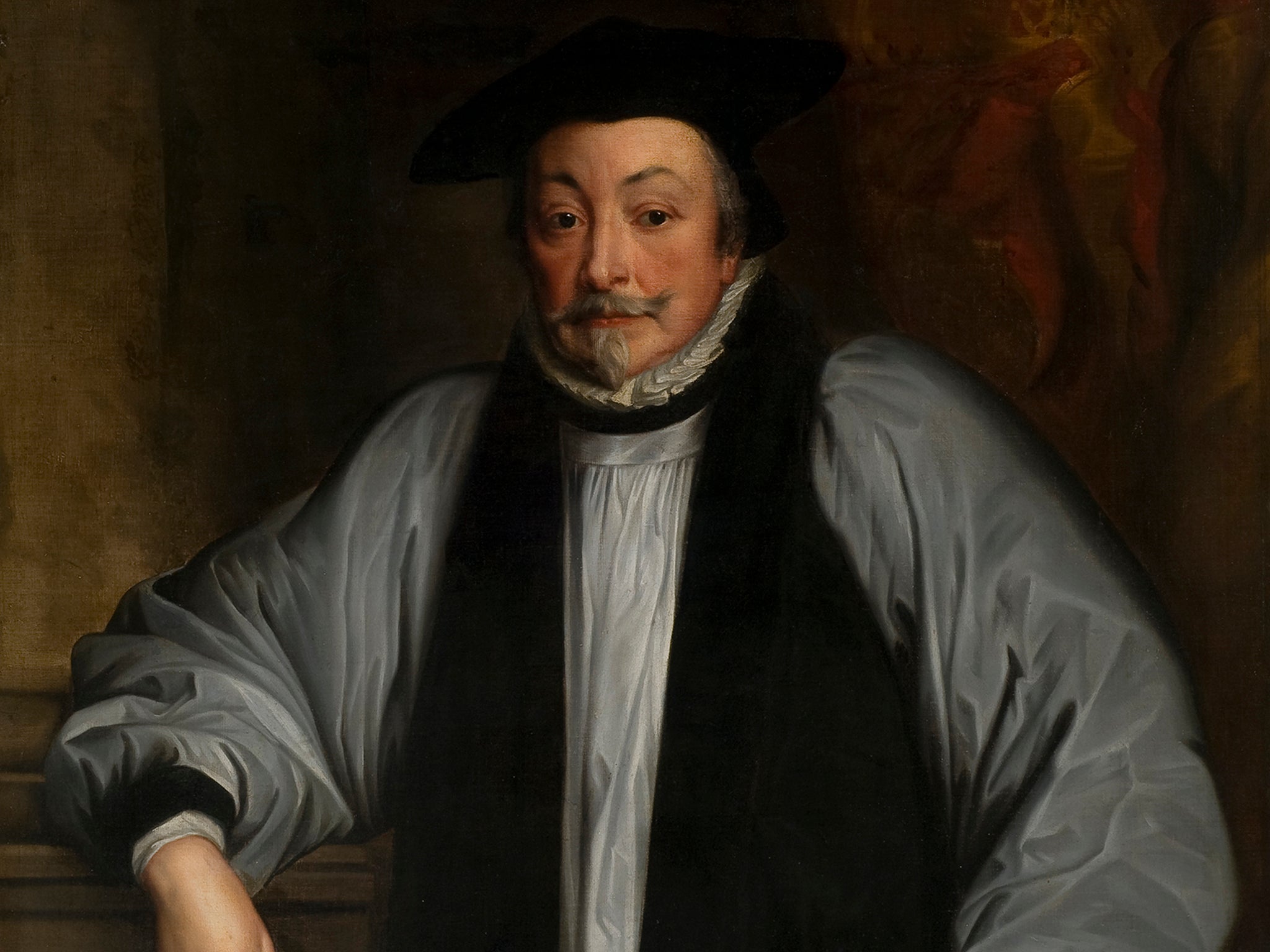Georgia Museum of Art rejoices over acquisition of Van Dyck painting - until original is discovered in Cambridge
It took an eagle-eyed British art historian to point out that the gallery appeared to have made a not-insignificant mistake

Your support helps us to tell the story
From reproductive rights to climate change to Big Tech, The Independent is on the ground when the story is developing. Whether it's investigating the financials of Elon Musk's pro-Trump PAC or producing our latest documentary, 'The A Word', which shines a light on the American women fighting for reproductive rights, we know how important it is to parse out the facts from the messaging.
At such a critical moment in US history, we need reporters on the ground. Your donation allows us to keep sending journalists to speak to both sides of the story.
The Independent is trusted by Americans across the entire political spectrum. And unlike many other quality news outlets, we choose not to lock Americans out of our reporting and analysis with paywalls. We believe quality journalism should be available to everyone, paid for by those who can afford it.
Your support makes all the difference.It certainly appeared to be an eye-catching acquisition for such a small US gallery.
So when the Georgia Museum of Art announced earlier this month that it had been given a portrait by 17th century Flemish master Sir Anthony Van Dyck, it caused a small stir in the art world.
In a press release, the museum in Athens, Georgia boasted that the painting of Archbishop of Canterbury William Laud would become the “lynchpin” of its collection of European art. The gallery, which was founded in 1948, said it had been gifted the painting by two donors from Atlanta.
But no-one was more surprised by the announcement than art enthusiasts familiar with the Fitzwilliam Museum in Cambridge, where the painting has been hanging for decades.
And it took an eagle-eyed British art historian to point out that the US gallery appeared to have made a not-insignificant mistake. The original Van Dyck was still happily in Cambridge – and the version in America was just a copy.
Bendor Grosvenor broke the news on his website Arthistorynews.com: “I’m sorry to rain on the Georgia Museum’s parade but this picture is not, alas, by Van Dyck.”
He added: “Van Dyck’s portrait of Laud was much copied, and confusion often arises over the various copies and studio versions that were made.”
He pointed out that the drape of the archbishop’s clothes in the Georgia copy is “angular and clumsy” compared to the original.
Van Dyck painted the portrait of Archbishop Laud in 1635 and the sitter donated it to his Oxford College St John’s. It was bequeathed to the Fitzwilliam Museum in Cambridge in 1937 and is listed as the original in the 2004 Yale catalogue raisonné, the definitive list of Van Dyck’s work.
The painting was so admired in the 17th century that it was the focus of numerous copies, with more than 40 surviving today.
When contacted by The Independent yesterday, a spokeswoman for the US gallery insisted they were always aware the portrait was a copy and it was an error in the gallery’s marketing the news of its acquisition. The press release has now been changed online.
It now reads: “This version of the painting is one of several existing copies by the artist’s studio, after what is believed to be the primary version, at the Fitzwilliam at Cambridge.” It still says the painting is by van Dyck and his studio, though Dr Grosvenor has raised doubts over whether the master painter was involved at all and said it could be a straight copy.
The version in the Georgia museum’s collection was recently put up for auction in the US and failed to sell against an estimate of between $100,000 and $150,000.
Its description in the catalogue said: “We believe that it could only have been produced by a studio member or members working closely with the master artist.”
Lynn Boland, curator of European art at the Georgia museum, said of the possibility Van Dyck worked on the museum’s version: “We can’t be absolutely sure here yet but provenance research suggests it, and the quality of the hands and face further support the attribution. That said, we’re a university museum with a history of ongoing collection research and welcome input from other scholars.”
Van Dyck was born in modern day Belgium and was invited to work in the court of King Charles in 1632.
Laud was appointed Archbishop of Canterbury by Charles I two years before he sat for the portrait. Fewer than two months later he was arrested for treason and imprisoned in the Tower of London. He remained there until he was sentenced to death and beheaded.
Join our commenting forum
Join thought-provoking conversations, follow other Independent readers and see their replies
Comments